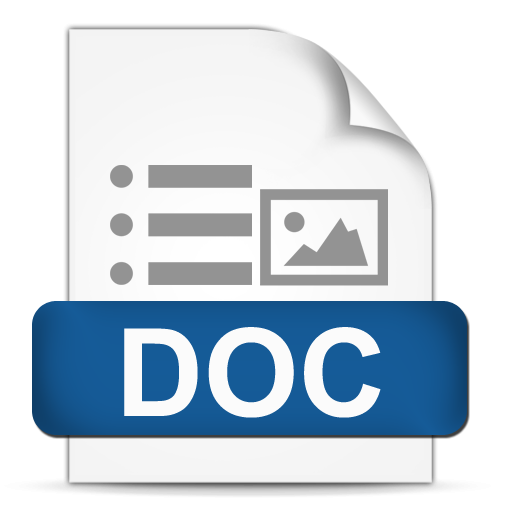Analysis of the Impact of Sustainable Growth Rate and ESG Risk Score on the Valuation of Listed Companies on Indonesia Stock Exchange
 Viewed = 0 time(s)
Viewed = 0 time(s)
Abstract
The purpose of this study is to ascertain how the ESG Risk Score (ESG RS) and Sustainable Growth Rate (SGR) affect the value of companies that are listed on the Indonesia Stock Exchange. Through statistical analysis of secondary data of ESG RS and SGR processed from audited financial reports available on the Indonesia Stock Exchange, the study uses a descriptive and verificative methodology. 825 listed companies that are actively trading on the IDX between 2019 and 2022 make up the research's population. As for the sample size, it consists of 32 businesses that were chosen using the purposive sampling technique. This study uses SPSS 26 for data analysis in order to compute the outcomes of the autocorrelation, heteroskedasticity, fixed panel model, and random effect model tests. According to the research investigation, the impact of SGR and ESG RS on firm valuation is not statistically significant. The study's conclusion is that, over the 2019–2022 timeframe, companies listed on the Indonesia Stock Exchange continuously scored higher on the ESG Risk Score when SGR and ESG RS were present, despite a small but beneficial influence. The results show that a company's valuation is positively impacted by strong financial performance, as measured by SGR. However, even if the Sustainability Report discloses that ESG RC is a quality indicator of ESG Risk Management and is used to track the advancement of SDG and ESG programs in the Indonesian capital market, it has not yet significantly impacted the evaluation of corporate valuation. These findings provide insightful information that will help the Financial Services Authority, the Indonesia Stock Exchange, and businesses better understand and assess how these aspects can contribute to and support the development of SDG and ESG in Indonesia.
References
Brigham, E. F., & Ehrhardt, M. C. (2017). Financial Management Theory & Practice (pp. 620–621).
Chairani, C., & Siregar, S. V. (2021). The effect of enterprise risk management on financial performance and firm value: the role of environmental, social and governance performance. Meditari Accountancy Research, 29(3), 647–670. https://doi.org/10.1108/MEDAR-09-2019-0549
Greene, W. H. (2003). Econometric analysis. Prentice Hall.
Listiani, N., & Supramono, S. (2020). Sustainable Growth Rate: Between Fixed Asset Growth and Firm Value. https://www.ceeol.com/search/article-detail?id=872944
Robinson, T. R., Henry, E., Pirie, W. L., & Broihahn, M. A. (2015). International Financial Statement Analysis (3rd ed.). John Wiley & Sons, Inc.
Sudiyatno, B., & Puspitasari, E. (2010). TOBIN’S Q DAN ALTMAN Z-SCORE SEBAGAI INDIKATOR PENGUKURAN KINERJA PERUSAHAAN. Kajian Akuntansi, 2, 9–21.
Sustainalytics. (2021). ESG Risk Ratings - Methodology Abstract (2nd ed.).
Triyuwono, I. (2015). Akuntansi Syariah: Perspektif, Metodologi, dan Teori (Vol. 4). PT RajaGrafindo Persada.
Copyright (c) 2024 Bayu Ramadhan, Dini Rosdini, Indri Yuliafitri

This work is licensed under a Creative Commons Attribution-NonCommercial-ShareAlike 4.0 International License.

 https://doi.org/10.35877/454RI.qems2371
https://doi.org/10.35877/454RI.qems2371








